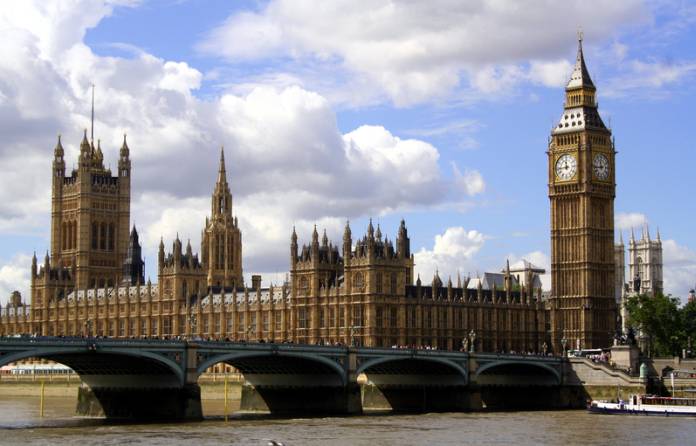
The Palace of Westminster restoration and renewal, which is expected to cost £4bn and run until the early 2030s, must incorporate lessons from other major projects to avoid going running behind schedule and over its budget.
That’s according to the National Audit Office (NAO) which has issued a new report which warns that the risks associated with the complex project must be addressed now.
Parliament has set up a new sponsor body from April 2020 to deliver the project on its behalf and the sponsor body is expected to publish a business case by autumn 2021.
The NAO said that the restoration of an old, heritage building meant that there would be uncertainties as to its condition, as well as the availability of specialist skills needed to restore it.
“The sponsor body needs to understand and reduce these uncertainties so that it can then develop evidence-based cost and schedule estimates which it should revisit over time,” it said.
Meanwhile, the NAO warned that the long-term nature of the programme makes it likely that technology and working practices will change, increasing the risk that requirements may change, and leading to costs increasing.
“At this early stage, it is unclear how future changes requested by Parliament will be managed, and how the sponsor body will reduce the risk of requirements changing. The sponsor body and Parliament should agree a process that outlines when programme requirements will be revisited, and how the time and cost implications of any changes are weighed against potential benefits,” it recommended.
Risk of delays
And the report warned that there was a heightened risk of delays and cost overruns if other projects on which the restoration is dependent, such as the redevelopment of the Richmond House, on the Northern Estate, where the House of Commons is due to meet during the restoration of the Palace of Westminster, are delayed.
The sponsor body expects to take responsibility for this project in summer 2020 but other projects will remain outside the sponsor body’s control, including moving staff and archives out of the palace so that construction work can start.
The NAO recommended that the sponsor body worked up a plan that clarifies responsibilities for each project and how the links between projects will be managed.
It added that clear objectives need to be agreed to manage the risk of the programme scope “expanding unnecessarily” later, and that the sponsor body should finalise its strategy for engaging with Parliament to ensure Parliament is kept informed. It also recommended that Parliament put in place clear structures to help agree, with the sponsor body, a clear and shared understanding of what the programme will deliver.
Gareth Davies, the head of the NAO, said: “The restoration and renewal of the Palace of Westminster is a highly complex and challenging programme. It is vital that from the outset the Sponsor Body and Parliament work together to apply the lessons from other major projects. This will allow them to manage the risks to value for money and timely delivery, and maintain public confidence in the programme.
“We will update our assessment of progress in managing these risks at all key stages of the programme.”
Client response
Sarah Johnson, CEO of the Houses of Parliament Restoration and Renewal Sponsor Body, said: “The restoration and renewal of the Houses of Parliament will be the biggest and most complex heritage project ever undertaken in the UK, supporting thousands of jobs across the country and protecting one of the world’s most recognisable buildings.
“Since legislation was passed last year, we have made rapid progress setting up the organisations responsible for the programme. I welcome the NAO’s helpful recommendations as we embark on the task of designing and delivering the plan to protect the Houses of Parliament for future generations.
“We are committed to learning lessons from previous infrastructure projects and will ensure value for money at every stage through stringent audit and assurance processes. Our teams will continue to work closely with Parliament in the coming months to determine the requirements for this great building, the home of our democracy.”










